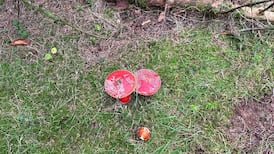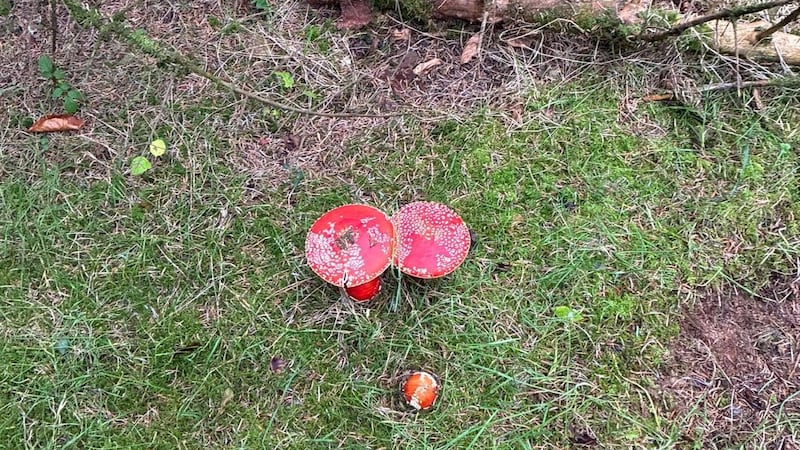Ireland is the only place where a unique fungus has been found that infects reclusive spiders in dark caves and turns them into “zombie-like” creatures, according to cave explorer Tim Fogg.
Named after David Attenborough, the fungus Gibellula attenboroughii was first discovered in an old explosives store at Castle Espie, Co Down, during the filming of BBC Winterwatch in 2021.
The novel species changes the spider’s behaviour, making it leave its concealed lair or web to die in an exposed position on the roof or walls of a cave.
After seeing the programme, Mr Fogg, a speleologist, believed the infected zombie-spiders were to be found at Whitefathers' Caves on the Fermanagh/Cavan border.
RM Block
[ Polar bears’ secret to surviving in the Arctic ice revealed: greasy hairOpens in new window ]
He sent photographs and samples to the leading specialist in the field Dr Harry Evans, based at Agriculture and Biosciences International in Surrey, UK.
His search continued and the species was confirmed in caves in Leitrim and Sligo. Subsequently, Dr Evans and his team identified two spider species susceptible to attack by the fungus. “The species is only in Ireland which is fascinating,” Mr Fogg told The Irish Times.
“The caving world of Ireland have been asked to look out for them, but they’re not easily seen,” he added.
What is driving amazing interest in the story is undoubtedly the television series The Last of Us, he said, “because it’s about exactly this kind of fungus”.

All infected spiders were positioned on the roof or walls of the caves. The fungus, which forces spiders to come out of crevices, favours man-made habitats like culverts, tunnels and cellars.
These normally reclusive spiders left their lairs or webs and migrated to die in exposed situations, essentially, mirroring the behaviour of ants infected by another species of fungi previously found in an Amazon rainforest.
Such host manipulation to favour dispersal of the fungal spores engendered the description of “zombie-ant fungi” and led to a number of zombie-fungus themed books; a popular video game and, ultimately, The Last of Us.
Behavioural-changing metabolites, such as dopamine – the brain’s happy chemical making the spider favour dispersal of fungal spores over preserving its own life – have since been identified in cultures of “zombie-ant” fungi.
These species are of interest because the chemicals could prove to have medical uses including cancer treatment, said Mr Fogg, who runs Rope Access Specialists in Enniskillen which helps film crews undertaking natural history documentaries.
A team led by Dr Evans have published their findings in the journal Fungal Systematics and Evolution. They flagged the need to do more research to understand “how the fungus succeeds”.
- Sign up for push alerts and have the best news, analysis and comment delivered directly to your phone
- Join The Irish Times on WhatsApp and stay up to date
- Listen to our Inside Politics podcast for the best political chat and analysis
















